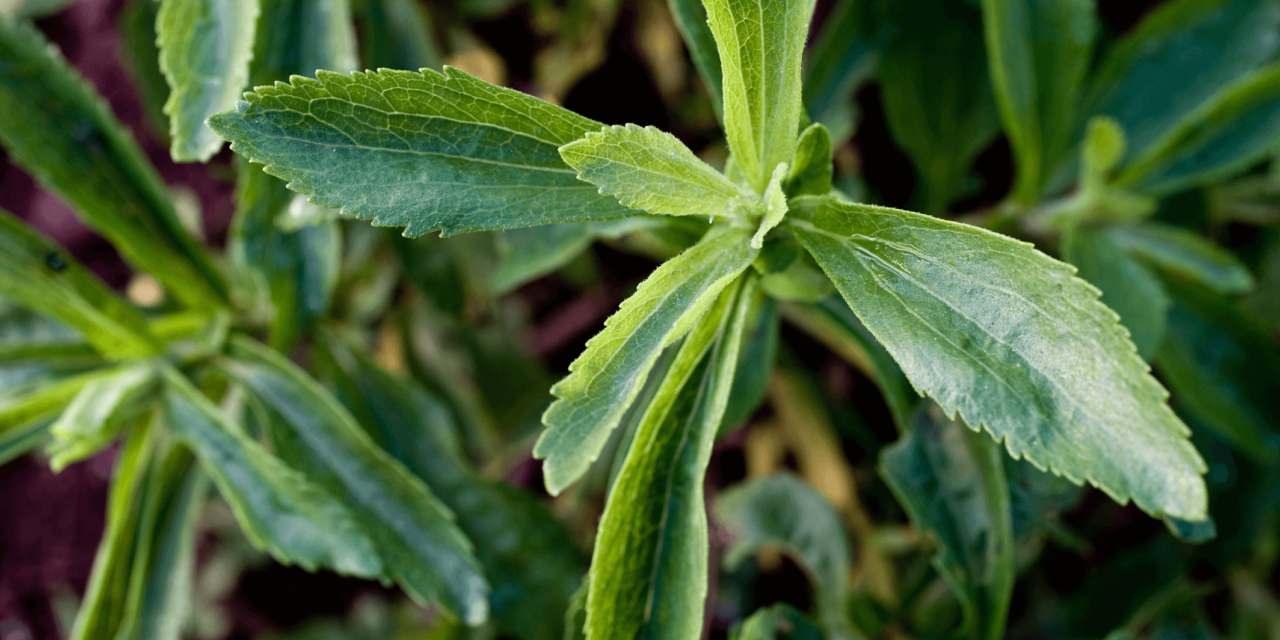Stevia reported to be effective against Lyme disease

Image: Stevia.com
A 2015 research article authored by a University of New Haven claims as much. Stevia is described as being particularly effective in treatment of chronic Lyme.
The culprit behind Lyme disease is Borrelia burgdorferi, a bacterial infection proven to respond most effectively to antibiotics doxycycline and amoxicillin.
However, Borrelia burgdorferi can exist in morphological forms, including spirochetes, spheroplast (or L-form), round bodies, and biofilms. When conditions are considered unfavorable for the bacteria, it has the ability to morph into the dormant round body, then hide in a biofilm form. When conditions are favorable, however, it can shift back to its spirochete form.
While conventional antibiotics can treat some forms of the disease, they’re not effective in treating ALL forms, often times failing to produce a long-term cure.
But, new research suggests a long-term treatment may be just around the corner.
A recent study published in the European Journal of Microbiology and Immunology revealed that stevia, a sweetener and sugar substitute, has been found to terminate late state or chronic Lyme disease.
The study, conducted by researchers from the Department of Biology and Environmental Science at the University of New Haven in West Haven, Connecticut, found that stevia whole leaf extract, as an individual agent, was an effective treatment against all known morphological forms of B. burgdorferi.
For the study, researchers examined the antimicrobial effect of four stevia leaf extracts in comparison to individual antibiotics (doxycycline, cefoperazone, daptomycin), as well as a combination of the three.
Lab tests revealed that while one extract was more potent than the others, likely due to its growing conditions and the agricultural practices utilized, all extracts were effective in treating all forms of the bacteria.
In fact, the stevia extract was proven to work against even the most antibiotic-resistant of the bacteria, known as the biofilm. The individual antibiotics, on the other hand, actually increased the biofilm.
Source: Stevia Kills Lyme Disease Pathogen Better Than Antibiotics, Study Confirms, Health Spirit Body, 11 June 2017
Link to original research article: EFFECTIVENESS OF STEVIA REBAUDIANA WHOLE LEAF EXTRACT AGAINST THE VARIOUS MORPHOLOGICAL FORMS OF BORRELIA BURGDORFERI IN VITRO (PDF)
This looks very promising as it is chronic Lyme which is the most insidious sand destructive form of the disease, and so far traditional antibiotics-based treatment approach seems to have enjoyed a rather modest success at best.
Hi! I am a robot. I just upvoted you! I found similar content that readers might be interested in:
https://www.healthspiritbody.com/lyme-disease-treatment/
Congratulations @borepstein! You have completed some achievement on Steemit and have been rewarded with new badge(s) :
Click on any badge to view your own Board of Honor on SteemitBoard.
For more information about SteemitBoard, click here
If you no longer want to receive notifications, reply to this comment with the word
STOPVery interesting. Can using Stevia sweeteners act as a deterrent?
That is a good question.
This is fantastic news, I have stevia growing as a perennial. I make a large number of tinctures. and now plan on including my stevia in my apothecary.
Cool. What sort of climate do you live in?
I am just wondering what it would take for us to grow it here (Providence area).
I doubt that it will unless you have a greenhouse there. But, I didn't think it would come back here either. I live in North Carolina, and we do have winter. All I can say it try it, good luck!
Thanks. We might.
I believe it naturally grows in places like Southern California, and there it pretty much grows like weed - you don't have to do anything to grow it.
I raised mine from seed, planted it once in a raised bed, and it's done all the work since then.